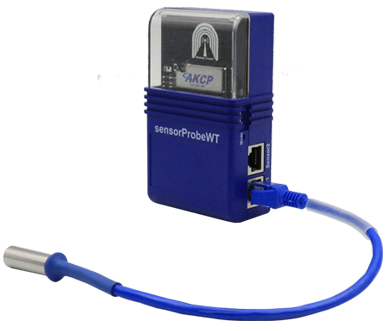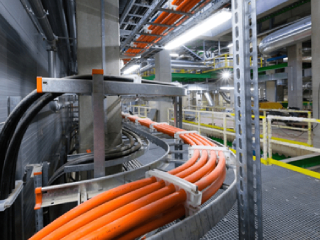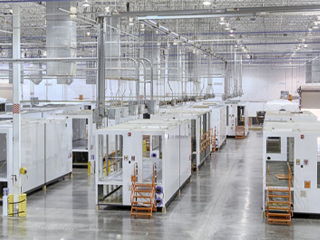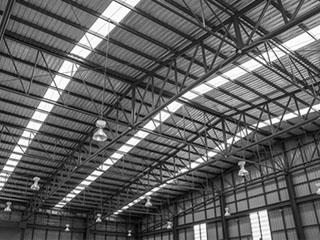For any data center administrator, maintaining uptime of critical facilities is essential. Downtime costs money and is disruptive to the businesses who rely on the data centers services.
A data center digital twin is a virtual representation of the live system. Implementing a DCIM software together with comprehensive sensor monitoring technologies, like AKCP’s sensorCFD™, is a great way to get started creating your own digital twin.
Data Center Sensor Monitoring
There are many choices to be made when it comes to implementing a sensor monitoring solution in your data center.
- Wired or Wireless?
- Where to position the sensors?
- How many sensors do I need?
- What exactly should I monitor?
- What value do those sensors provide?
Wired or Wireless Sensors
There is a lot of concern regarding wireless technologies and security. However, when we talk about wireless sensors in the data center, we are not talking about WiFi. There are options such as Zigbee, Bluetooth Low Energy, and LoRa. Out of these, LoRa is particularly interesting. It has a long range, and low power consumption and complete end to end encryption, making a powerful combination for data centers.
What is LoRa?
LoRa is a Long Range Radio technology from Semtech. It utilizes a spread spectrum modulation technique, which is derived from the Chirp Spread Spectrum technology. AKCP has developed a wireless sensor system, known as Wireless Tunnel™, tailored specifically to the needs of the data center, and critical infrastructure monitoring, that utilizes LoRa radio. This system has several benefits over standard LoRaWAN
- Guaranteed message delivery, queuing, retry, and acknowledgement.
- Multiple sensors on a single radio reducing costs and the number of broadcasts
- Local threshold checking with immediate broadcast on exceeding the threshold
- Reduced message size for less airtime and increased battery life
LoRa’s low data rate is ideally suited to transmitting small packets of sensor data over a long distance. These short broadcasts also enhance security and battery life by reducing the amount of time the radio is transmitting on to a few milliseconds.
LoRa features advanced security features with 128 bit encryption and authentication mechanisms between the radio transmitters and receivers.
LoRa Deployment in the Data Center
Wireless Tunnel™ sensors deployed in the data center cover monitoring of environmental, security and power. The sensors update the Digital Twin virtual model regularly with near real time monitoring.
Here are some examples of how LoRa based Wireless Tunnel™ sensors are utilized.
- Thermal map sensors on each rack provide temperature readings for the front and rear, top middle and bottom. AKCPro Server DCIM displays heatmaps of your data center to visualize the rack inlet and outlet temperatures throughout the facility.
- Power meters at rack and distribution level give feedback that allows effective power management, monitoring and live PuE calculations
- Security sensors on racks display the door status.
Some data centers may take an approach where a mix of wired and wireless sensors are deployed, utilizing wireless sensors only in difficult to cable areas. For example underneath raised access flooring for water leak detection, or monitoring fuel level in generators that are outside the main building.

sensorProbe Wireless Tunnel (SP-WT) with THS01 connected
Conclusion
There is an increasing demand for wireless sensor technology in the data center. The rapid deployment, lower total cost of ownership through savings on structured cabling, reduced number of network ports being utilized, as well as the security advantages of a self contained private LoRa network are a definite benefit.
Environmental monitoring for the data center is becoming more critical. As data center facilities are increasingly coming under scrutiny for their power usage, increasing rack inlet temperatures and reducing cooling loads are needed. This means operating the data center with less margin for error, making a comprehensive monitoring system and digital twin of the facilities more important than ever. No longer are sensors just an insurance policy that alerts when things are going wrong, they are now a valuable asset to the daily operations that assist in saving energy and reducing operational costs.




